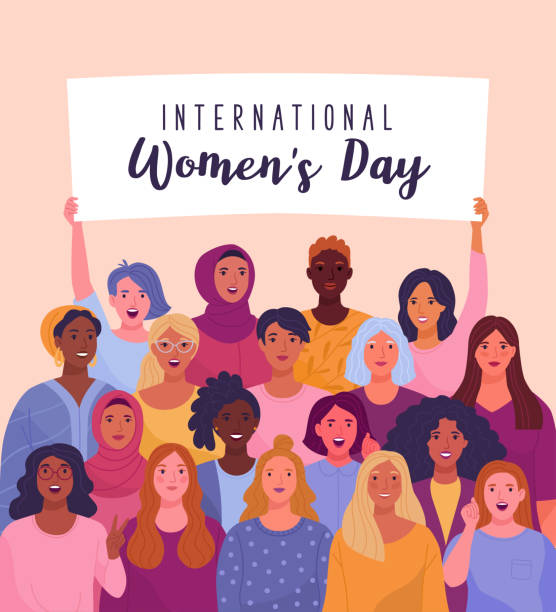International Women’s Day
Vector illustration of diverse cartoon women standing together and holding a placard over their heads. Isolated on background.
National Women’s History Month and International Women’s Day are observed annually during this time as we celebrate and honor women’s social, economic, cultural, and political achievements. It is also a time to raise awareness for women around the world that are still experiencing oppression in one way or another. There are still many countries where women can’t go to school, can’t take part politically or vote, can’t have a job, are expected to have kids and raise them, and many other things.
International Women’s Day started in the United States as National Women’s Day on February 28, 1909, and in 1911 it became International Women’s Day. Although, it wasn’t until 1975 that the event was made official through the recognization of the United Nations (UN). In 1996 the UN announced their first annual theme for International Women’s Day, and it was “Celebrating the past, Planning for the Future.” This year, the theme was “#BreakTheBias.”
National Women’s Day started because the Socialist Party of America first declared National Women’s Day in 1909 and it was observed on the last Sunday of February until 1913, when it then moved to March 8 internationally so that it could be celebrated on the same day on the different types of calendars around the world.
Also, in the United States March is National Women’s History Month. It started in 1981 when Congress passed Pub. L. 97-28, authorizing, and requesting the president to proclaim the week beginning March 7, 1982, as “Women’s History Week.” In 1987, after being petitioned by the National Women’s History Project, Congress passed Pub. L. 100-9, which designated the month of March “National Women’s History Month.”



